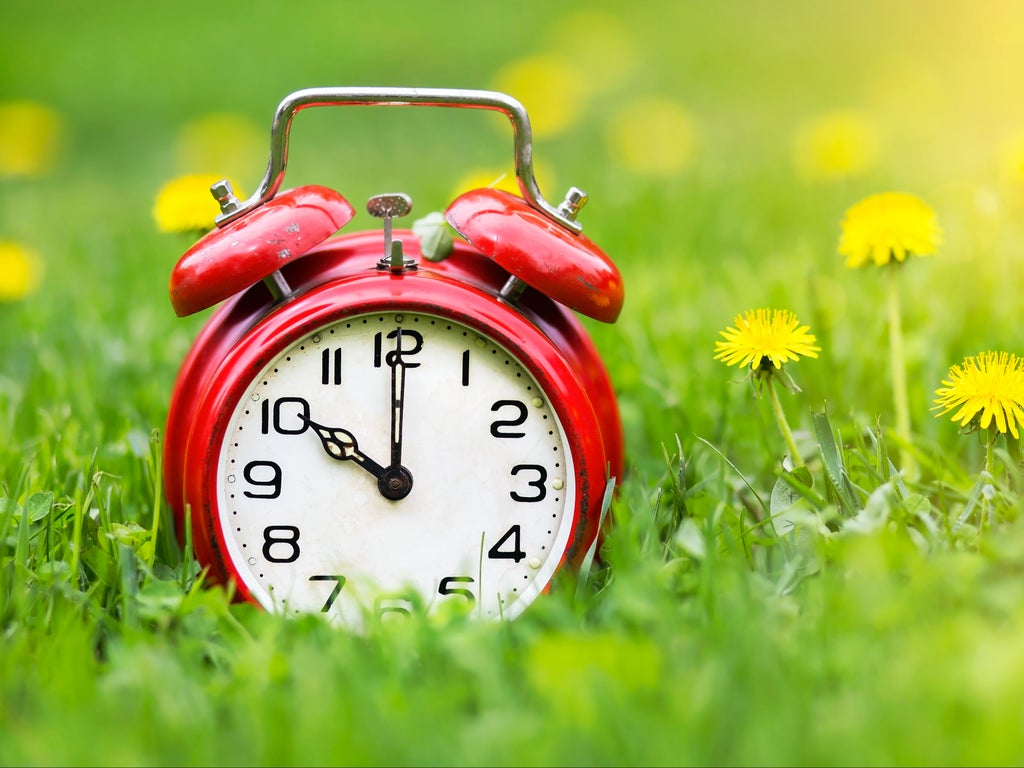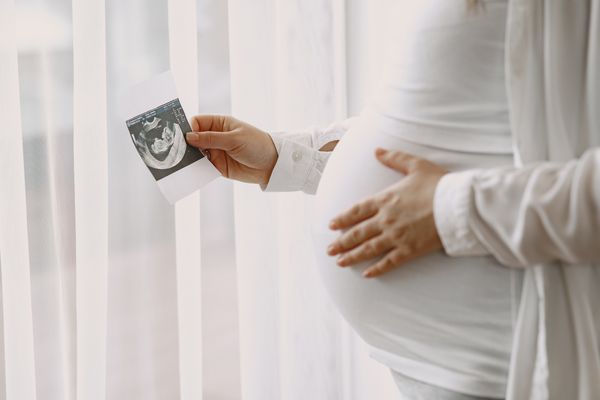
It is nearly springtime again, which means days will get sunnier and progressively longer. This year, the US sprung forward to Daylight Saving Time (DST) on 13 March.
On Sunday 13 March, clocks moved forward an hour, with early risers rejoicing and those of us who hit the snooze button getting to do so at least with a bit of light in our room.
Fortunately for those who dislike the time change, Daylight Saving Time may soon be permanent, as a bipartisan measure that would make Daylight Saving Time permanent, passed in the Senate on 15 March. If the law, called The Sunshine Protection Act, is enacted, the time would no longer change starting in 2023, after changing for a final time in the spring of 2023.
When does Daylight Saving Time happen?
Daylight Saving Time, which happens annually, kicks in on Sunday 13 March at 2am EST (7am GMT), at which point the east coast of the US and the UK will only be four hours apart.
Most phones these days will take care of changing the time automatically, which will help you from feeling completely disoriented the next morning.
Why do we do this?
Benjamin Franklin, one of the founding fathers of the US and a noted polymath, came up with the idea of resetting clocks during the summer in order to save energy. The practice became widespread on 21 March 1918 as a way to reduce the number of hours homes needed to use lighting and electricity.
It became a federal law in the US in 1966, but some states opted out of observing DST.
Arizona, American Samoa, Hawaii, Guam, the Northern Mariana Islands, Puerto Rico, and the US Virgin Islands do not lose an hour during their days - except for protected lands of the Navajo Native American tribe in Arizona, who do observe the time change.
The time change has become a subject of debate in recent years as many have suggested we no longer have need for the switch, and that keeping the time from changing would result in longer days outside and a decrease in seasonal depression.
“I know this is not the most important issue confronting America, but it’s one of those issues where there’s a lot of agreement,” Senator Marco Rubio, one of the bill’s sponsors, said. “If we can get this passed, we don’t have to do this stupidity anymore.
“Pardon the pun, but this is an idea whose time has come.”
How does Daylight Saving Time affect me?
According to the National Sleep Foundation, people sleep about 40 minutes less on average on the night after the switch over to Daylight Saving Time.
Dr Harneet Walia of the Cleveland Clinic said the best way to make up for that time is to prepare yourself during the week before: “Begin by going to bed 15 to 30 minutes earlier than your usual bedtime”.
The extra early morning sunlight will also help your body adjust, but she said it is best to avoid naps over 20 minutes long to make sure your nighttime sleep is not interrupted.
Just remember to schedule that Sunday’s events for later in the day for that one friend who will inevitably use the clock change as an excuse for being late.
The Monday after
As if Mondays weren’t hard enough, the missed sleep and harsh sunlight after a long, dark winter can throw some people off.
A Pennsylvania State University study showed that workers spend more time than normal on the Monday after the time change surfing the internet for non-work related content.
Cardiac patients should also take note, as Americans already sleep too little compared to the rest of the world, which has a stressful effect on your heart. A 2013 study conducted by the University of Colorado showed that acute myocardial infarctions increase by 24 per cent on that Monday.
The Journal of Applied Psychology published a 2009 study that showed an increase in workplace injuries on the Monday after Daylight Saving Time from 1983 to 2006, as well.
When do we plunge back into cosy pyjamas and dark mornings?
On Sunday 6 November 2022, you will be able to count on just a bit more rest for your hibernating needs when the clocks turn back an hour, as the new law would not go into place until November 2023.







